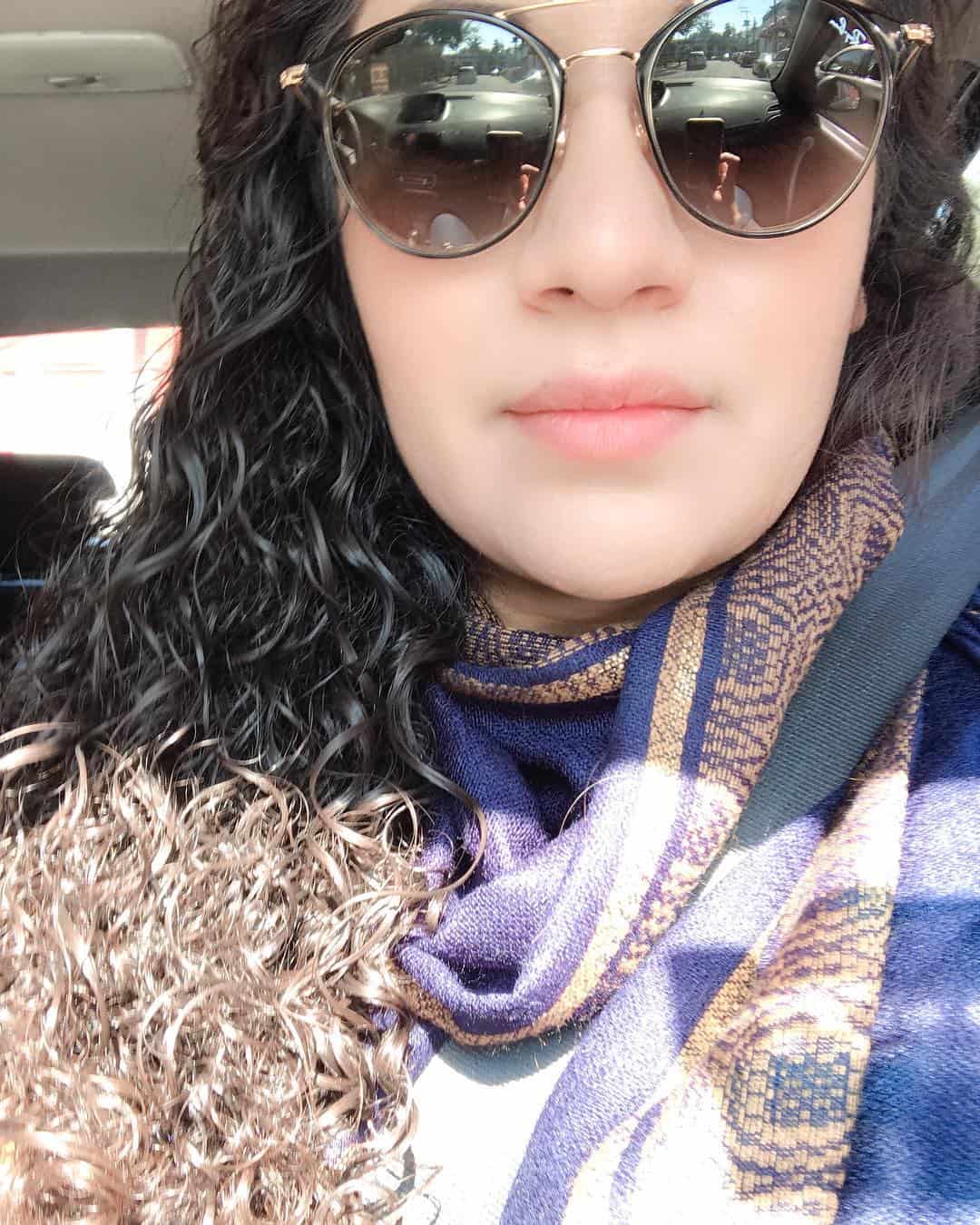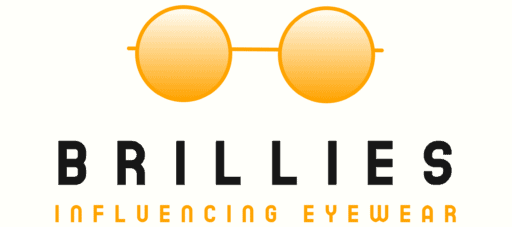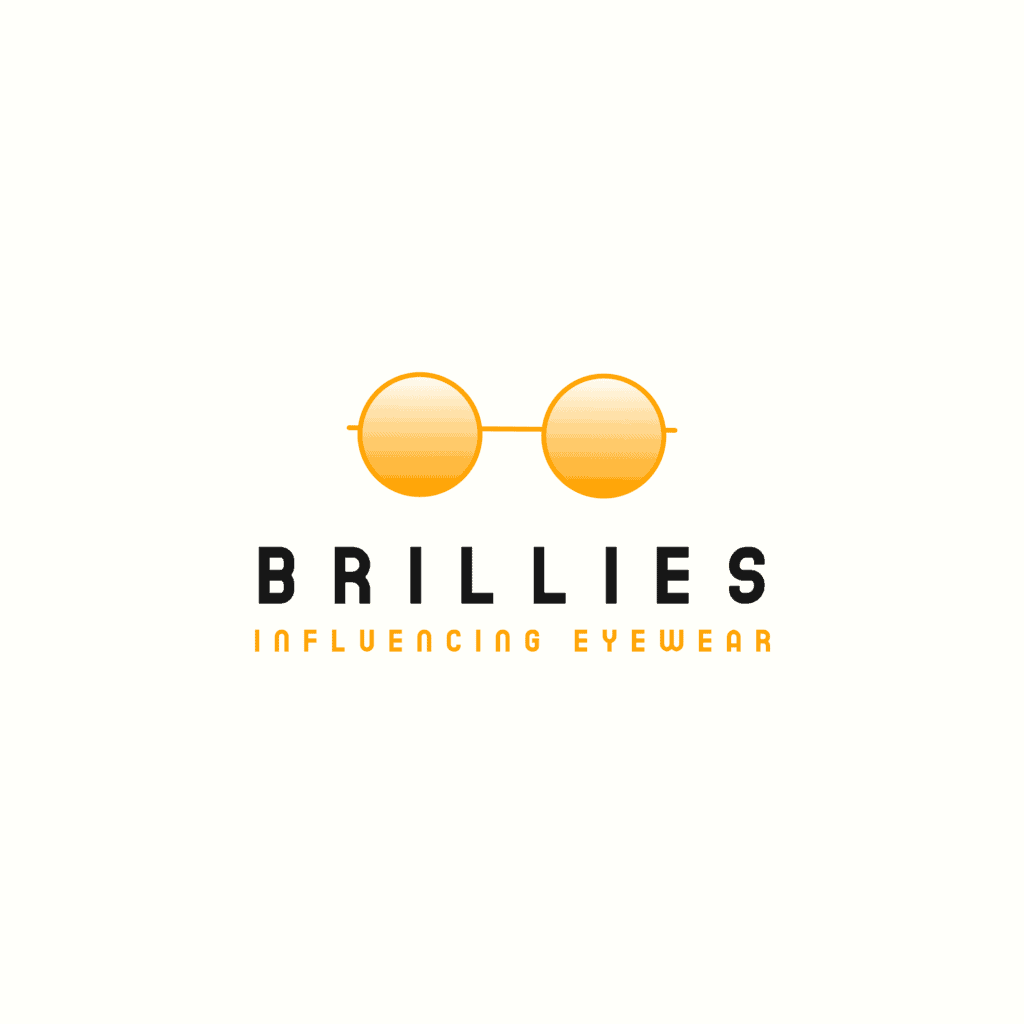It’s a bright day on the training range, and I’m watching soldiers gear up. But there’s something that catches my eye – their protective eyewear. It makes me think about the importance of eye protection in the military. In 2010, the Authorized Protective Eyewear List (APEL) was moved under the Military Combat Eye Protection (MCEP) program. This change was not just a shuffle in paperwork, it was about keeping our troops safe. (1)
Key Takeaway
- The APEL move aimed to improve safety standards for military eyewear.
- The change increased compliance rates among service members.
- This evolution focused on reducing eye injuries in combat zones.
Understanding the Transition of APEL to MCEP
Centralization for Oversight
In 2006, APEL was created to keep track of approved eyewear for soldiers. That’s a lot of glasses, and it’s more than just style! But by 2010, a big change happened. APEL was moved under MCEP for better control. MCEP stands for Military Combat Eye Protection, and it’s all about making sure military eyewear meets strict safety standards.
What does that mean? It means if an eyewear product is on the list, it’s passed tough tests, making it safer for our armed forces. The military saw a need. They wanted one place that could manage and test all eyewear. They aimed to ensure that every piece met both civilian and military standards. This includes checking how well they can resist ballistic impacts—very important in combat situations.
With APEL under MCEP, the oversight became more streamlined. When soldiers wear their safety glasses, they might not think about the rigorous testing behind them. But every single pair has been put through a battery of tests to ensure it protects against all sorts of dangers. This is crucial because, as many might not realize, eye injuries can lead to significant long-term vision issues.
The combination of centralized management and strict testing makes sure that soldiers can focus on their mission, not worry about whether their eyewear will hold up. (2) It’s like having a reliable umbrella on a rainy day. You don’t notice it until you need it, and then you’re really glad you have it.
Increased Compliance Rates
After moving APEL under MCEP, something amazing happened. Compliance rates went way up. Reports show that wear compliance among service members reached between 85% and 95%. (3) That’s a big jump from before when many soldiers weren’t wearing their safety glasses.
When there’s a strong program in place, it seems people pay more attention to their safety. I think this increase in compliance could be because soldiers feel more secure knowing that the eyewear they have is not just any glasses. They’re wearing something that meets strict safety standards.
Imagine a soldier in the heat of battle, dodging debris and flying dust. If they know their eyewear is designed to withstand that environment, they’re more likely to wear them. It’s a bit like wearing a helmet while riding a bike; you know it’s there to keep you safe, and you’re more likely to use it.
This jump in compliance shows that the military’s efforts to educate soldiers about the importance of eye protection are paying off. They’ve created a culture where wearing protective eyewear is not just encouraged but expected. I think that’s a huge step forward in caring for our troops.
Response to Requests for Enhanced Protection
This move didn’t just happen out of the blue. The transition of APEL under MCEP was partly influenced by requests from military divisions. Take the 10th Mountain Division, for example. In 2003, they highlighted the need for better eye protection against combat injuries. The military listened, and the shift to MCEP was a direct response to those needs.
It’s like when you hear your friend say they need help with something, and you step in to lend a hand. The military recognized that soldiers were facing eye injuries in combat and took action. (4) I find it fascinating how feedback from the field can lead to significant changes in policy.
Before this change, many soldiers were using eyewear that didn’t meet the required safety standards. That’s a risk no one wants to take, especially when it comes to something as crucial as vision. With the introduction of MCEP, the military was able to address these concerns.
Now, soldiers can feel confident knowing they have access to eyewear that’s specifically designed to protect their eyes in combat situations. It’s a win-win situation. The soldiers get the protection they need, and the military can ensure that its personnel are taken care of.
Reduction in Eye Injuries
Thanks to the introduction of stylish yet effective protective eyewear, there has been a noticeable decrease in eye injuries. (5) Before this transition, eye injuries accounted for about 10% of battlefield injuries. (6) Now, with better gear, soldiers are safer even when things get tough. (7)
It’s pretty cool to see how a change in policy can have such a positive effect on the health of our troops! The military’s focus on enhancing eye protection has led to advancements that not only look good but also offer real protection.
With the right eyewear, soldiers can engage in their missions without worrying about potential eye injuries. This is especially vital in combat zones, where every second counts. I think it’s crucial to remember that good eye protection can make a difference between a soldier coming home with their sight or facing a lifetime of vision challenges.
The introduction of stylish protective eyewear also means that soldiers are more likely to wear them. If they look good and feel comfortable, it’s a lot easier for them to make it a part of their gear. This style and comfort factor might be underrated, but in the world of military gear, it’s a big deal!
Streamlined Testing Process
Another big advantage of moving APEL under MCEP is the testing process for manufacturers. They can now submit their eyewear for testing directly under MCEP guidelines. This means that only the best products make it onto the APEL list.
It’s like when you try out for a team, and only the top players get to be on the roster. This streamlined process ensures that only eyewear meeting strict standards makes the cut. This not only benefits the soldiers but also encourages manufacturers to innovate and improve their products.
When manufacturers know they’re being held to high standards, they’re likely to step up their game. They might explore new materials or designs that enhance protection. Over time, this can lead to advancements in technology we might not have imagined before.
With a more efficient approval process, soldiers can have access to the latest and greatest in eye protection. This is a win for everyone involved. It keeps our armed forces safe while also pushing manufacturers to continuously improve their designs.
Evolution of Military Eye Protection
Historical Context
The journey of military eye protection isn’t new. It goes way back to World War I and II. Back then, soldiers had to make do with whatever eyewear they could find. Some wore basic goggles, while others didn’t wear anything at all.
But as time went on, technology improved. The military learned from past conflicts and began to understand the importance of eye protection. I think it’s interesting how lessons from history can shape future policies.
Now, we have high-tech eyewear that can protect against all sorts of dangers. The innovations in materials and designs have made a huge difference. Today’s protective eyewear is lightweight, comfortable, and effective against ballistic impacts and environmental hazards.
The evolution of military eye protection reflects a greater understanding of the importance of vision conservation and readiness. Soldiers can’t afford to have their sight compromised when they’re in the field. It’s crucial for their safety and mission success.
Development of APEL
APEL was created in 2004, which was a big step forward. Before that, there were issues with non-compliance and inadequate protection. With APEL, the military made a list of approved protective eyewear that met stringent ballistic impact standards.
It was like finally putting together a team that could win games! The introduction of APEL provided soldiers with a reliable resource for selecting eyewear that would keep them safe.
With a standardized list, soldiers could easily find eyewear that met their needs. This was especially important given the variety of environments they might face. Whether it’s combat or training exercises, having the right eyewear is essential.
The military’s commitment to eye protection through APEL shows how seriously they take the health and safety of their personnel. (8) It’s not just about having eyewear; it’s about having the right eyewear that can withstand the rigours of battle.
Technological Innovations
Over the years, there have been tons of advancements in materials and designs. The modern protective eyewear is lightweight and comfy, which is super important for soldiers in the field.
These glasses can protect against both ballistic impacts and environmental hazards like dust and debris. I think the advancements in technology reflect broader trends in both fashion and functionality. Today’s eyewear not only has to protect but also has to look good.
Manufacturers are continually experimenting with new materials that enhance comfort and protection. This means soldiers can wear their eyewear for long periods without discomfort. And that’s a game changer for those spending hours in the field.
The innovation in eyewear technology is a testament to the military’s commitment to protecting their personnel. As technology improves, so does the ability to keep soldiers safe.
Focus on Occupational Safety
After the wars, safety glasses started to show up in everyday jobs too! This shift highlighted how important eye protection is, not just in combat but in all kinds of work environments.
It’s like when you wear a helmet while biking – it just makes sense. The military’s focus on eye protection has led to a broader understanding of its importance across various sectors.
With the introduction of APEL and MCEP, the military has set a standard that other industries can follow. This emphasis on safety can lead to fewer injuries and better overall health for workers in all fields.
As more people wear protective eyewear in their jobs, the message of safety continues to spread. It’s a reminder that eye protection is essential, whether in combat or operating heavy machinery.
Continuous Improvement
The military keeps looking for new materials and designs to improve eyewear. They want to make sure it meets the needs of service members. Research continues to evaluate new options, keeping everyone’s vision safe in the line of duty.
I think this commitment to continuous improvement is vital. Technology doesn’t stand still, and neither should safety standards. As new threats emerge, having the best eyewear can make a significant difference in protecting soldiers’ eyes.
Manufacturers are constantly pushed to innovate, leading to better and safer products. It’s exciting to think about what the future holds for military eye protection. With ongoing research and development, we can expect to see even more advanced eyewear that offers superior protection.
Ultimately, the evolution of military eye protection shows how crucial it is to adapt to the needs of those serving. By prioritising safety, the military ensures that their personnel can perform to the best of their ability while keeping their vision intact.
FAQs
What is APEL and why does it matter for military combat eye protection?
The authorized protective eyewear list (APEL) helps the United States armed forces choose the right eye protection for soldiers. It’s a carefully checked list that shows which safety glasses and protective eyewear meet military standards. The APEL logo on eyewear means it’s approved for combat use.
How does PEO Soldier help prevent eye injuries in the military?
PEO Soldier oversees the testing of ballistic eyewear to make sure soldiers get the best eye protection possible. They work to improve military combat gear and help reduce eye injuries by checking that all spectacles and goggles meet strict safety standards.
Why is vision conservation and readiness important for the armed forces?
Vision conservation and readiness helps keep soldiers safe and ready for action. The military needs to make sure everyone can see clearly during combat, whether they wear regular protective eyewear or need prescription lens options.
What’s the difference between regular safety glasses and APEL-approved eyewear?
While regular safety glasses might work for everyday use, APEL-approved protective eyewear meets much tougher military combat standards. These special glasses are tested to protect against serious eye injuries that might happen during combat.
How does the United States military test combat eye protection?
The military puts protective eyewear through tough tests to make sure it can handle combat conditions. PEO Soldier checks everything from how well spectacles and goggles protect against flying objects to how well they fit with other gear.
What types of eye protection are available on the APEL list?
The authorized protective eyewear list includes different kinds of ballistic eyewear, from basic safety glasses to full combat eye protection. This includes options for soldiers who need prescription lens features in their protective eyewear.
How often does the military update its eye protection standards?
The armed forces regularly update their standards for protective eyewear to keep up with new threats and better technology. This helps ensure that all eyewear meets the latest safety requirements for vision conservation and readiness.
What role does APEL play in keeping soldiers’ eyes safe during combat?
The authorized protective eyewear list helps make sure all military combat eye protection is top quality. When soldiers see the APEL logo, they know their spectacles and goggles have passed strict tests and will help prevent eye injuries during combat.
Conclusion
The transition of APEL under MCEP was a smart choice to improve military eye protection. This change has increased compliance rates and helped reduce eye injuries, showing that safety really matters. Looking ahead, the evolution of military eye protection will keep adapting to meet the needs of the brave men and women serving.
References
- https://www.canada.ca/en/army/services/for-the-soldier/canadian-army-modernization-strategy.html
- https://eclipse23.com/blogs/tactical-vision-military-eyewear/military-eyewear-standards-and-regulations-for-soldier-safety
- https://www.grandviewresearch.com/industry-analysis/safety-eyewear-market
- https://www.nature.com/articles/s41433-020-01316-w
- https://www.army.mil/article/277905/effective_eye_protection_preserves_sight_to_fight
- https://www.dvidshub.net/news/454904/preventing-eye-injuries-improves-military-readiness
- https://pmc.ncbi.nlm.nih.gov/articles/PMC10660771/
- https://eclipse23.com/blogs/tactical-vision-military-eyewear/army-authorized-protective-eyewear-explained

I’m Lydia E., an experienced fashion stylist passionate about creating flawless looks with the right fashion and eyewear. With a wealth of industry experience, I possess a sharp eye for style and understand how the perfect eyewear can enhance any outfit. As the force behind brillies.co, my blog is a carefully curated space where I share insights, trends, and tips for selecting eyewear that complements individual styles. I’m also the author of “How to Read a Dress: A Guide to Changing Fashion from the 16th to the 21st Century” available on Amazon. Join me in a journey of sartorial discovery where fashion seamlessly meets functionality, and every accessory narrates a unique story.

